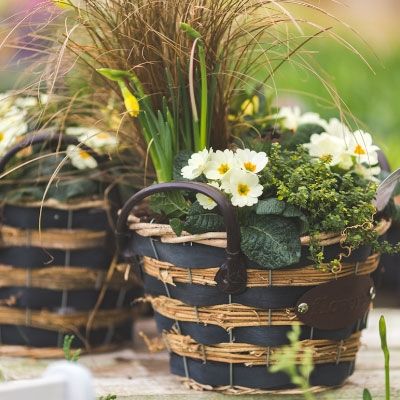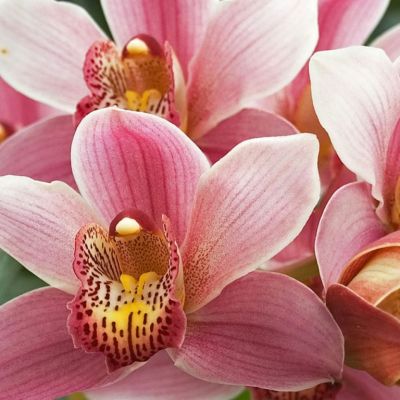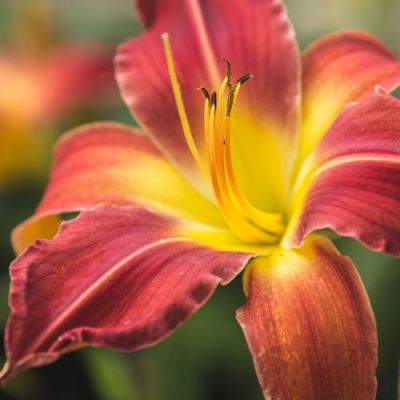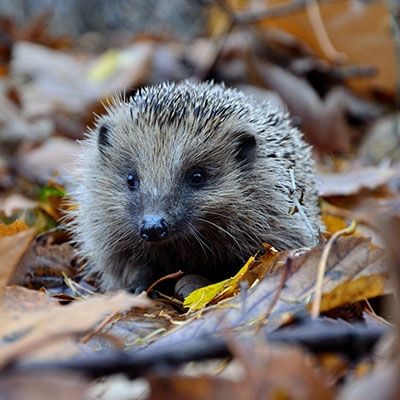A Guide to Spring Flowering Bulbs
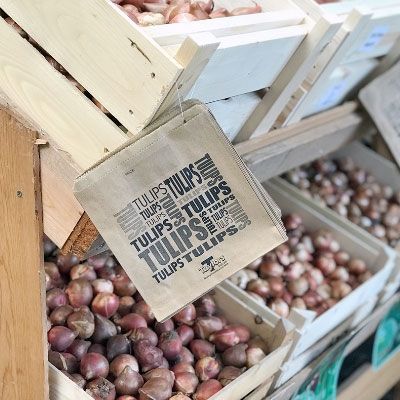
We may approaching Autumn, but our thoughts are already turning to Spring and the riot of colour it brings. Winter will be over before you know it, and planning ahead is a great way to ensure your garden bursts into full bloom when Spring arrives. With that in mind, now is the time to get planting spring flowering bulbs.
What Should I Plant, and When?
When to plant your spring flowering bulbs will depend in large part on what you're planting. As a general rule, most bulbs will want to go in the ground between now and early November; even earlier if the weather threatens to be colder than usual. Naturalised tulips can also go in now, however for larger tulips we'd advise waiting until later (November – December, weather dependent).
This all depends on your local climate: here in the north of England, the above advice holds true. However those further south may be able to get away with holding off a little longer due to the warmer weather and drier conditions.
If you're planting in containers rather than bedding, you may be able to plant later still – however, all bulbs should be in by December.
There are too many spring bulbs to mention them all here, but some tried and tested classics include daffodils, tulips, crocuses, hyacinths, fritillarias, bluebells and irises. We have a great range of spring flowering bulbs in store, and always try to carry a small selection of new bulbs every year as well - so there's sure to be something you haven't seen before!
Tip: If you're unsure what to plant for a cohesive arrangement, opt for a ready prepared mix of bulbs which have been chosen thanks to their ability to complement each other. Our range of bulb sets will help you create a beautiful display with minimal fuss.
If you're unsure of when, or what, to plant, please check with a member of staff – they’ll be more than happy to offer their expert advice.
5 Bulb Planting Tips
- The most important thing is to ensure bulbs don't go soft before planting: keeping bulbs dry is essential for a successful Spring flower.
- While you can plant Spring flowering bulbs into October/November, we'd advise stocking up on the bulbs you need well in advance to get the best pick of the bunch.
- Bulbs should be planted at around three to four times the height of the bulb; as a rule of thumb, they'll also want to be planted around two bulbs apart.
- Be sure to plant your bulbs with the roots facing down, and the nose facing up. It isn't always clear which is which, so in times of doubt plant your bulbs on their side.
- Plant bulbs in sunny areas with a well-draining soil; once in the ground, they'll need very little attention and will naturally flower come Spring.

How to Plant Spring Flowering Bulbs
In Containers
Planting bulbs in containers makes for a beautiful, mobile display. Multipurpose soil and grit is the best combination in which to plant your bulbs when using pots, with the grit acting to aid drainage.
Tip: To protect your growing bulbs from being spoiled by squirrels, place a piece of chicken wire over the top of the pot; when the bulbs begin to sprout, this can be removed to make space for your bulbs to flower.
In Grass Flower Beds
When creating a flower bed, either use a trowel or bulb planter and dig up individual sections for the bulbs; or remove an entire section of bedding if you have more bulbs to plant. When packing the soil back in, ensure there are no air pockets around the bulbs by gently firming the soil when putting it back in the ground.
For a natural finish to your border display, scatter bulbs haphazardly along the flower bed, and plant them where they fall. This will ensure an informal arrangement with a relaxed feel.
Tip: Chicken wire can also be used in flower beds, placed just below the surface and removed before the bulbs begin to flower.
Our friendly and knowledgeable staff are always on hand and happy to help with any gardening queries you may have, to make sure your Spring garden makes an impact.

